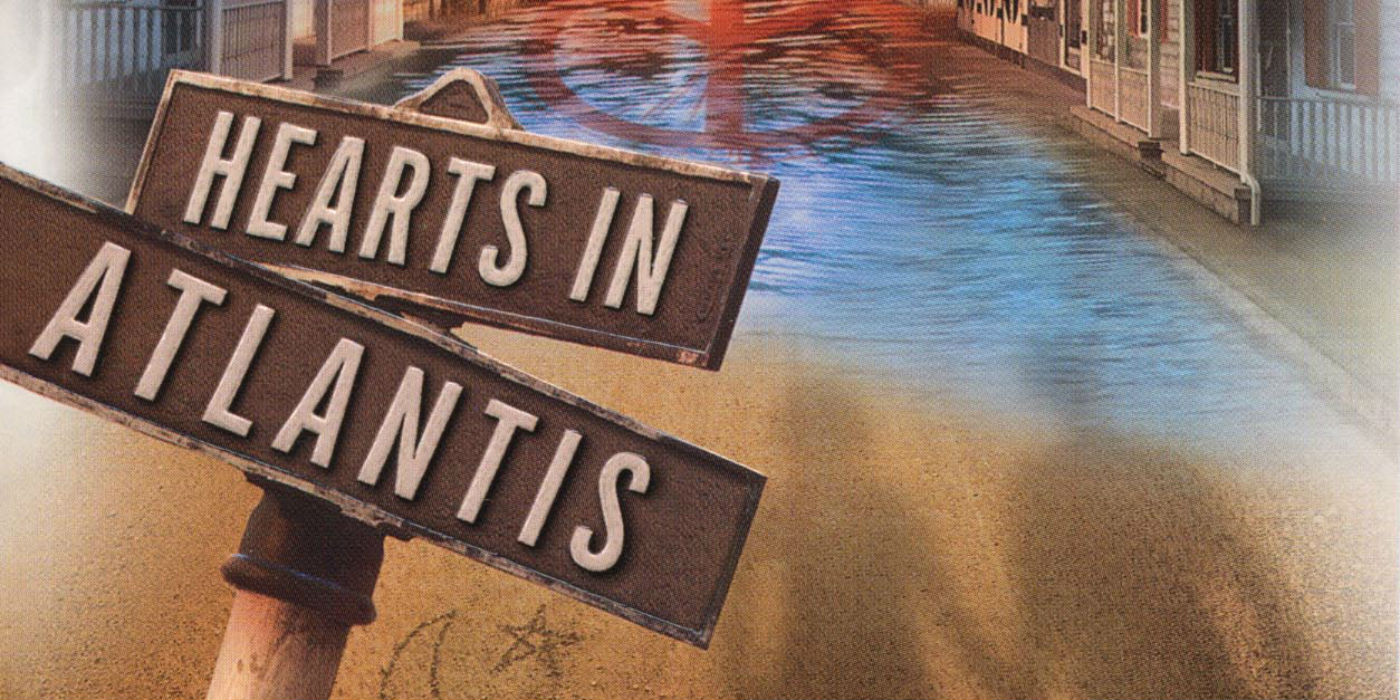
Most avid fiction fans have probably read plenty of fix-ups, but they might not know the term for this type of book. A fix-up is a collection of short fiction in which the stories are linked so that the whole thing works as a coherent piece of long fiction. In other words, the writer took a bunch of already-written stories and fixed them up into a book that reads like a novel.
Some fix-ups may come off as rather episodic but have enough of an overarching plot that they provide the kind of experience novel readers are looking for. Other fix-ups are very carefully plotted and constructed so that although every individual story has a self-contained plot, each leads smoothly into the next to further the overall story and character journey. This results in a book that is often a whole lot more satisfying to readers than a collection of unconnected tales.
A lot of classic pulp adventure fiction was serialized, and featured the hero getting into one action-packed scrape after another; if the author put the stories together into a book, it was an instant fix-up. Some famous non-pulp fix-ups include Agatha Christie’s The Big Four, Raymond Chandler’s The Big Sleep, Ray Bradbury’s The Martian Chronicles, Sherwood Anderson’s Winesburg, Ohio, Alice Munro’s Lives of Girls and Women, and Stephen King’s Hearts in Atlantis.
It takes a lot of work to plan out and write a series of short stories so that they have individual plots strong enough to stand alone but fit together neatly like puzzle pieces to create a larger story. It’s a lot simpler to just outline and write a novel. Why would a writer go to all the trouble involved in a fix-up?
The first reason has to do with money. Fix-ups used to be a whole lot more common back in the 1940s, 1950s and 1960s when writers could make a decent living writing short stories for magazines. The per-word rate for professional fiction has remained pretty flat over the past decades. The ten cents a word that working fiction writers might get for their stories today doesn’t seem like much, but back in 1950 that was the modern equivalent of about a dollar a word. So fiction writers who had large enough audiences to sell novels were very highly motivated to sell their work as short stories first. That tactic carries less financial reward today, but it does carry some, and if you enjoy writing short stories, why not make the most from your fiction and try a fix-up? Writers such as Charles Stross (Accelerando) and Chuck Palahniuk (Haunted) have written fix-ups in recent years.
The second reason has to do with an individual author’s writing process. Writing a novel can seem daunting, even terrifying, particularly if you’re writing one under a strict publisher’s deadline. If a writer is more accustomed to writing short stories, a novel can just seem like too much. Most of us have heard the standard advice for tackling a huge project: break it down into smaller steps, and focus on finishing each step. If you keep going step-by-step, you march through the stages and voilà, you’ve completed that huge project, and it wasn’t so terrifying after all.
So for writers whose minds turn more toward story plots rather than novel plots, approaching a novel as a series of interlinked stories can really help a writer complete a successful, satisfying manuscript. The one caveat here is that you do need to be a plotter who is comfortable working from notes and outlines rather than a discovery writer. I’m sure that some discovery writers who have created enough stories about the same world and characters have found that they could assemble a batch of them into a satisfying fix-up with the aid of some linking chapters, but planning that kind of book in advance does require plotting things out. And some writers may find that they just can’t creatively work that way.
Leave a Reply
You must be logged in to post a comment.